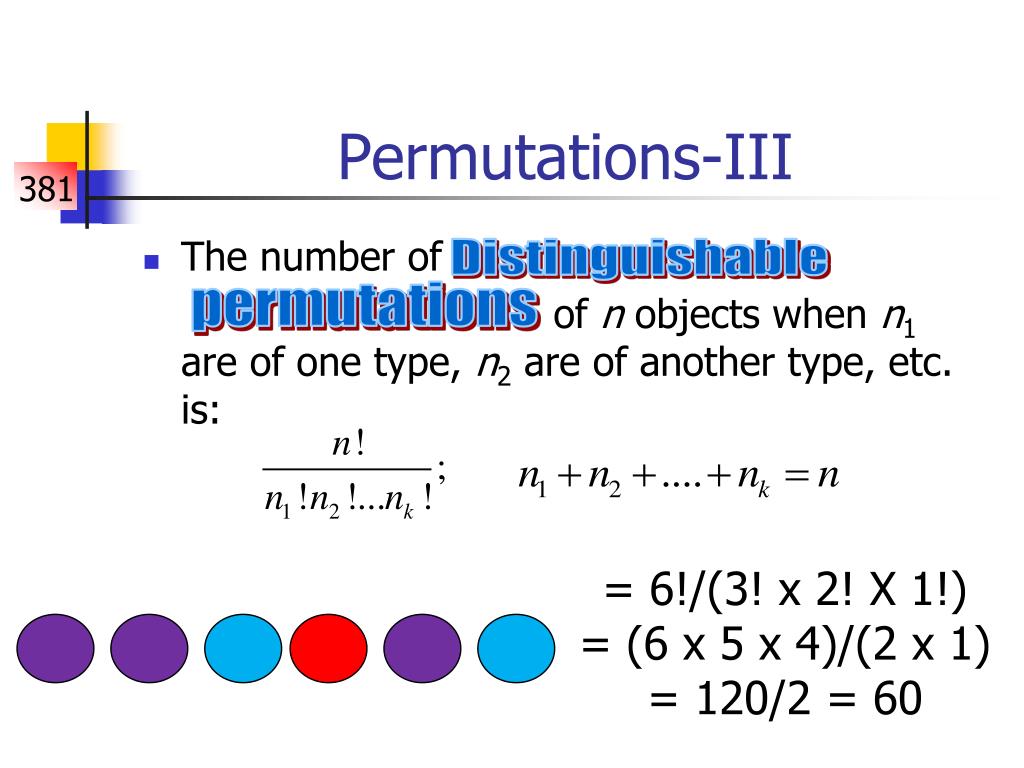
This permutation group is known, as an abstract group, as the dihedral group of order 8. The only remaining symmetry is the identity (1)(2)(3)(4). The reflection about the 1,3−diagonal line is (24) and reflection about the 2,4−diagonal is (13). The reflection about the horizontal line through the center is given by (12)(34) and the corresponding vertical line reflection is (14)(23). The rotation by 90° (counterclockwise) about the center of the square is described by the permutation (1234). The symmetries are determined by the images of the vertices, that can, in turn, be described by permutations. Based on the resampled data it can be concluded how likely the original data is to occur under the null hypothesis. Let the vertices of a square be labeled 1, 2, 3 and 4 (counterclockwise around the square starting with 1 in the top left corner). Permutation tests rely on resampling the original data assuming the null hypothesis. This permutation group is, as an abstract group, the Klein group V 4.Īs another example consider the group of symmetries of a square. G 1 forms a group, since aa = bb = e, ba = ab, and abab = e. This permutation, which is the composition of the previous two, exchanges simultaneously 1 with 2, and 3 with 4. noun C us / pr·mjute·n / Add to word list.In order to closely understand permutation and combination, the concept of factorials must be remembered. These are mainly used for counting the number of alternative outcomes in several mathematical scenarios. Like the previous one, but exchanging 3 and 4, and fixing the others. In simple terms, Permutations are arrangements, while combinations are referred to as choices.

This permutation interchanges 1 and 2, and fixes 3 and 4.This is the identity, the trivial permutation which fixes each element.Denote the object by the positive integers.

The term permutation group thus means a subgroup of the symmetric group. A permutation that interchanges (m) objects cyclically is called circular permutation or a cycle of degree (m). The group of all permutations of a set M is the symmetric group of M, often written as Sym( M).

In mathematics, a permutation group is a group G whose elements are permutations of a given set M and whose group operation is the composition of permutations in G (which are thought of as bijective functions from the set M to itself).


 0 kommentar(er)
0 kommentar(er)
